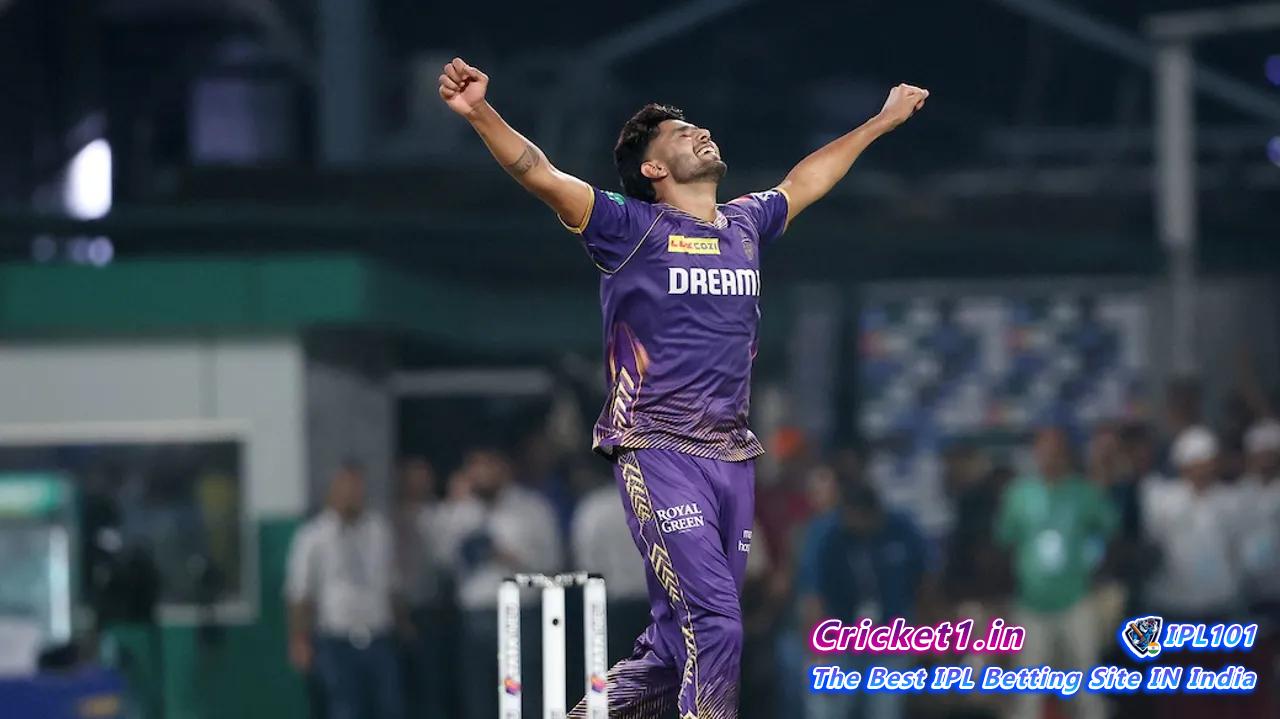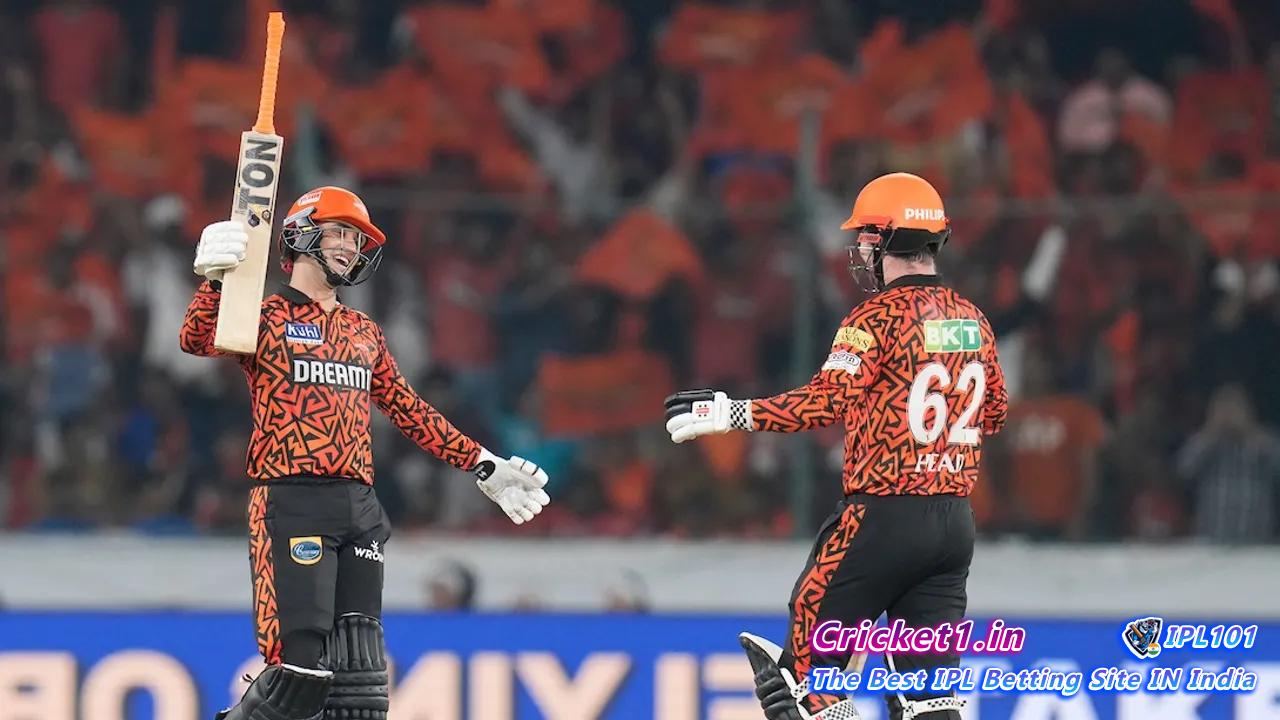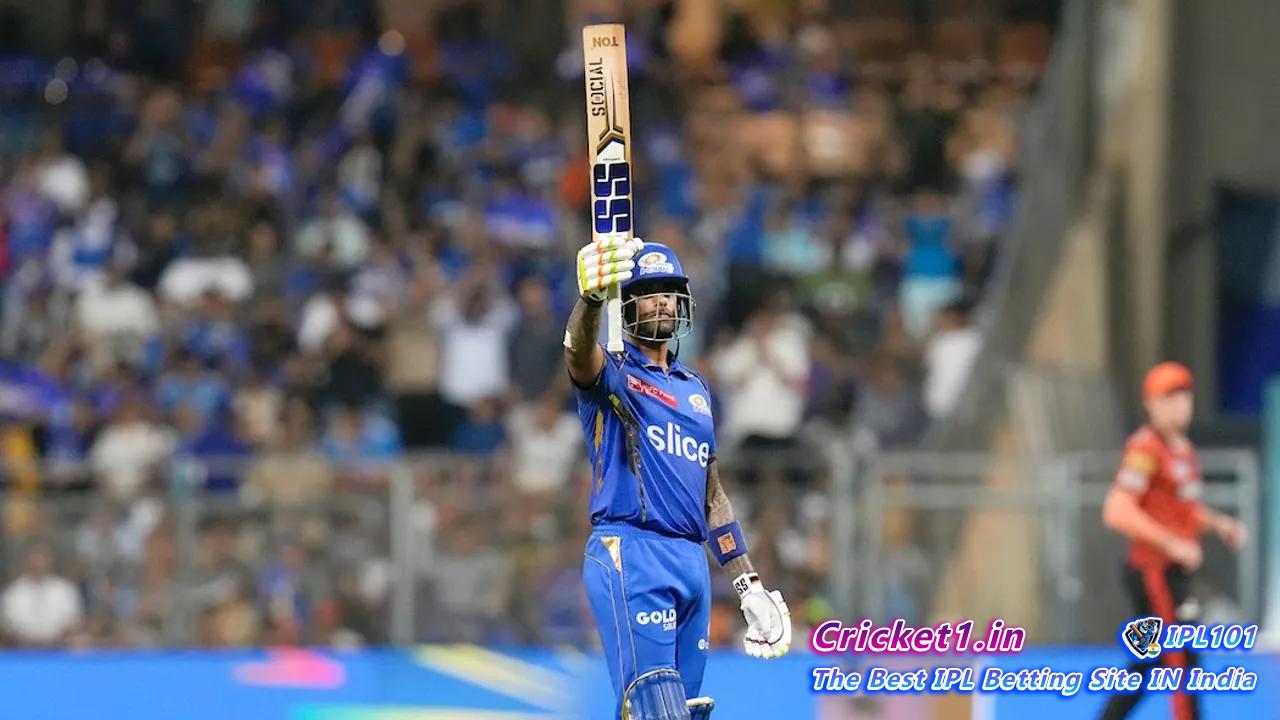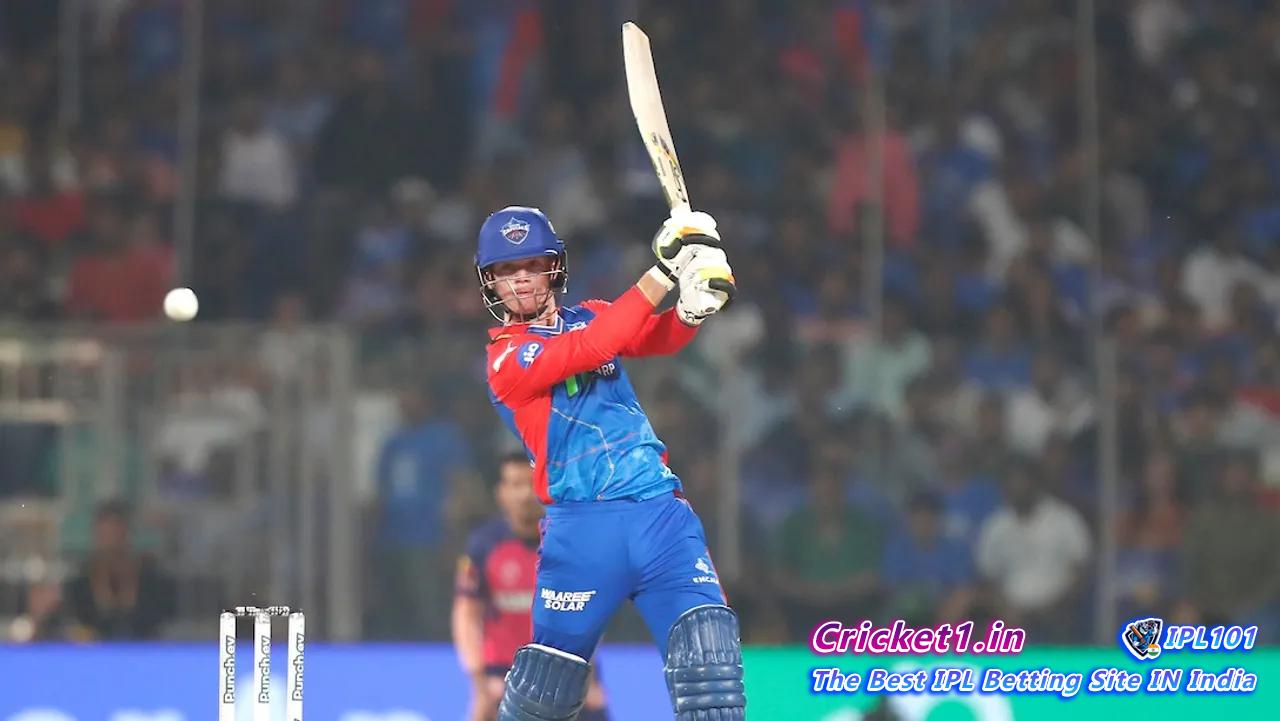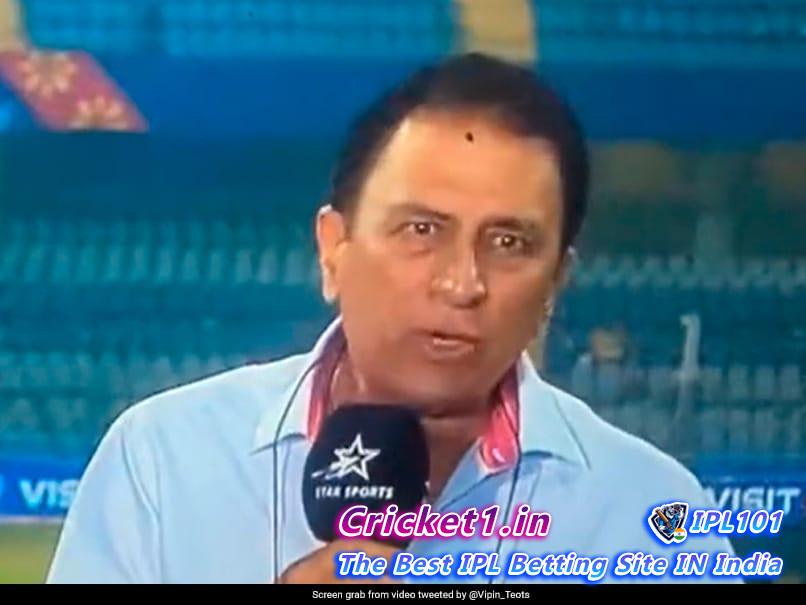
The current season of the Indian Premier League (IPL) has transformed into an unprecedented showcase of high scores and record-breaking innings. Just 35 games into the season, teams have already surpassed the formidable 250-run mark on five separate occasions. Spearheading this surge are the SunRisers Hyderabad (SRH), who have not only contributed to three of these staggering totals but have also twice smashed the record for the highest-ever IPL score.
The spectacle of such frequent high scoring games, while initially exhilarating, raises concerns about the balance between bat and ball—a fundamental aspect of cricket. Recognizing this, former Indian captain and cricket commentator, Sunil Gavaskar, has stepped forward with a suggestion aimed at recalibrating the scales currently tipped heavily in favor of batsmen.
In a bold move, Gavaskar has voiced a proposal to the Board of Control for Cricket in India (BCCI) emphasizing the necessity to extend the lengths of the boundaries across IPL venues. During a post-match analysis, he explained, “I wouldn’t propose any changes to the cricket bats as they are all compliant with current regulations. However, I’ve long maintained that boundaries need to be pushed back. Just an addition of a couple of meters can often be the deciding factor between a catch and a six. Our grounds today have ample space to afford this adjustment.”
This suggestion isn’t simply about making a few tweaks to the ground setup. It’s about preserving the essence of competition in the sport. Gavaskar highlighted that without such changes, bowlers are disproportionately disadvantaged, an outcome that could be mitigated by merely repositioning the LED and advertisement boards to allow for an expanded field of play.
Beyond just structural changes to the playing fields, Gavaskar’s criticism touches on the wider implications for the spectatorship of the game. While the thrill of power-hitting can be attractive, it risks monotony when overly dominant. Gavaskar elaborated on this sentiment post-match, noting, “What we’ve been witnessing is akin to the final round of practice in the nets, where it’s all about hitting as hard as possible, without regard to getting out. It’s fun for a while, but it soon loses its charm.”
His remarks echo a broader concern about the evolving nature of T20 cricket, which seems to favor brute force over finesse, potentially at the cost of rich competitive tension that has long defined the sport.
As the IPL 2024 season progresses, it remains to be seen how the BCCI will respond to such suggestions. Will they consider these inputs as they plan for future seasons, or will the spectacle of high-scoring games outweigh the calls for a more balanced contest between bat and ball?
While fans of the sport continue to enjoy the high-stakes excitement of the IPL, the underlying discussions about the nature of the game and its rules are fundamental to its enduring appeal. As Gavaskar’s comments suggest, without thoughtful consideration and adjustments, cricket risks skewing its core — a balance that has made it a beloved sport across generations worldwide.
In the meantime, IPL enthusiasts can stay updated with all IPL 2024 actions, schedules, and standings, ensuring they don’t miss out on any of the ongoing cricket fervor. Whether changes are on the horizon or not, this season is already shaping up to be one for the history books.


